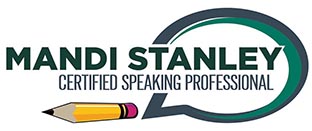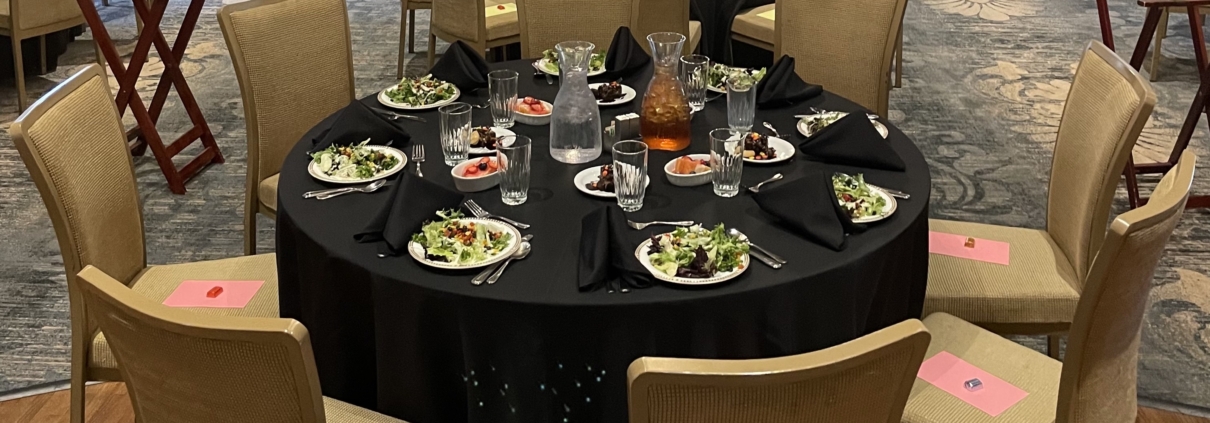Advice for Graduates: When To Use Snail Mail
Actually, this advice applies for all of us. Because high school and college graduates are busily addressing announcements and invitations and thank-you correspondence this time of year, we’ll focus on those examples.
First, when a gift includes an enclosure card, address your handwritten thank-you note precisely the way the enclosure card indicates. Let the enclosure card be your guide.
For married couples, you have several options. Again, you defer to the enclosure card first. If no enclosure card is provided, the traditional option includes the male’s first and last name thusly:
Mr. and Mrs. Lawrence Marett
The salutation would read: Dear Mr. and Mrs. Marett,
It also is acceptable to write the first and last name of each individual on the same line. When using this approach, if they share a surname, etiquette demands you never separate the male from his surname. For example:
Judith and Lawrence Marett
NOT Lawrence and Judith Marett
If you are sending mail to an entire family within one household, you may address it using the shared surname: The Maretts or even The Marett Family. (Please note NO APOSTROPHE when making the last name plural, but we’ve discussed this grammar guideline at length in previous posts.) Of note, if you are inviting someone who is older than 18 in the household, as a courtesy, that individual should receive a separate invitation.
With graduation gifts, you typically have six weeks to write and send your thank-you notes. I hope this answers many of your questions, and I invite you to post any of your additional questions below.
To customize a keynote or professional development session that will have your audience laughing and learning, contact Mandi Stanley.
Certified Speaking Professional Mandi Stanley works with business leaders who want to boost their professional image by becoming better speakers and writers through interactive high-content keynotes, breakout sessions, workshops, technical writing seminars, and fun proofreading classes.
You might also like:
Prefer Performance to Chronology in Your Résumé
It’s Interview Time: What’s the One Detail Most Interviewees Forget?
Pluralizing Last Names: The Most Popular Question of the Week
Photo by Krzysztof Niewolny on Unsplash





